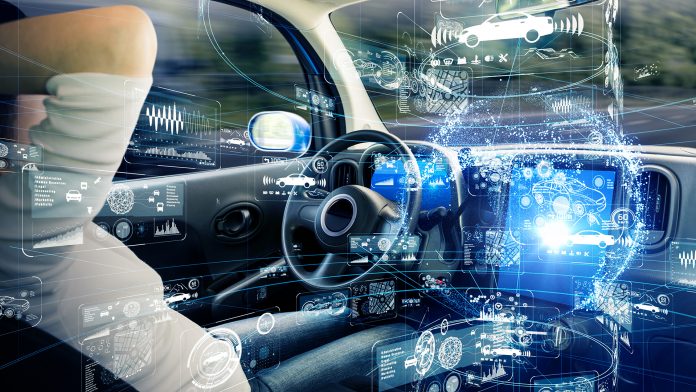A team of US Army researchers have developed an innovative machine learning technique that provides significantly more robust cybersecurity for vehicles.
The technology, which was created as part of a collaborative endeavour between experts from the cybersecurity industry, including specialists from the University of Queensland, Virginia Tech, and the Gwangju Institute of Science and Technology, was developed at the U.S. Army Combat Capabilities Development Command (DEVCOM).
The groundbreaking machine-learning technique is called DESOLATOR, a novel method that significantly optimises vehicle cybersecurity against potential threats without reducing the performance of the onboard computer networks.
The inevitability of vehicle cybersecurity
Of course, protecting military vehicles against any potential cyber-attacks is vital for national security and military personnel’s safety, which has led the US Army to invest considerably into advancing its cybersecurity protection for their ariel and land platforms. However, this pioneering technology may have further applications on top of vehicles carrying data of national importance.
As modern cars now hold more of and more of our personal information, such as bank details, addresses, and passwords, having resilient cybersecurity in our transport may potentially become a necessity. In addition to this, as the use of self-driving cars becomes increasingly common, the potential risk of their control falling into the hands of hackers poses a considerable threat to public safety. DESOLATOR looks to eliminate this danger by optimising an already well-known cybersecurity strategy called moving target defence.
Dr Terrence Moore, a US Army mathematician, said: “The idea is that it’s hard to hit a moving target. If everything is static, the adversary can take their time looking at everything and choosing their targets. But if you shuffle the IP addresses fast enough, then the information assigned to the IP quickly becomes lost, and the adversary has to look for it again.”
How DESOLATOR works
DESOLATOR, which stands for ‘deep reinforcement learning-based resource allocation and moving target defence deployment framework’, achieves more robust cybersecurity by enabling the in-vehicle network to locate the optimal IP shuffling frequency and bandwidth allocation. This method achieves a long-term, effective moving target defence.
The researchers say that DESOLATOR achieves a degree of uncertainty within the system, making it incredibly difficult for potential hackers to access whilst also ensuring that vital areas of the network operate efficiently so that computer performance is not impacted.
Dr Frederica Free-Nelson, a US Army computer scientist and leader of the research, said: “This level of fortification of prioritised assets on a network is an integral component for any kind of network protection. The technology facilitates a lightweight protection whereby fewer resources are used for maximised protection. The utility of fewer resources to protect mission systems and connected devices in vehicles while maintaining the same quality of service is an added benefit.”
To manipulate the behaviour of the algorithm, the team utilised deep reinforcement learning based on several reward functions, such as exposure time and amount of dropped packets, which guaranteed that DESOLATOR balanced the requirements of both security and efficiency.
Moore said: “Existing legacy in-vehicle networks are very efficient, but they weren’t really designed with security in mind. Nowadays, there’s a lot of research out there that looks solely at either enhancing performance or enhancing security. Looking at both performance and security is in itself a little rare, especially for in-vehicle networks.”
The DESOLATOR technology is not limited to just pinpointing the optimal IP shuffling frequency and bandwidth allocation, as due to it being a machine learning-based framework, it can be modified to achieve different goals within the cybersecurity sector.
“This ability to retool the technology is very valuable not only for extending the research but also marrying the capability to other cyber capabilities for optimal cybersecurity protection,” Nelson said.









